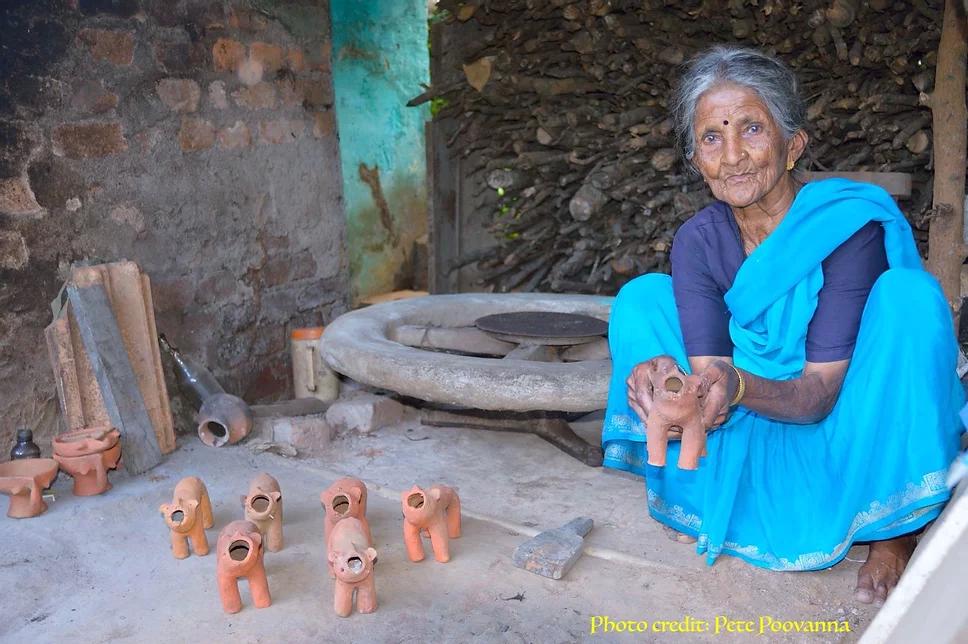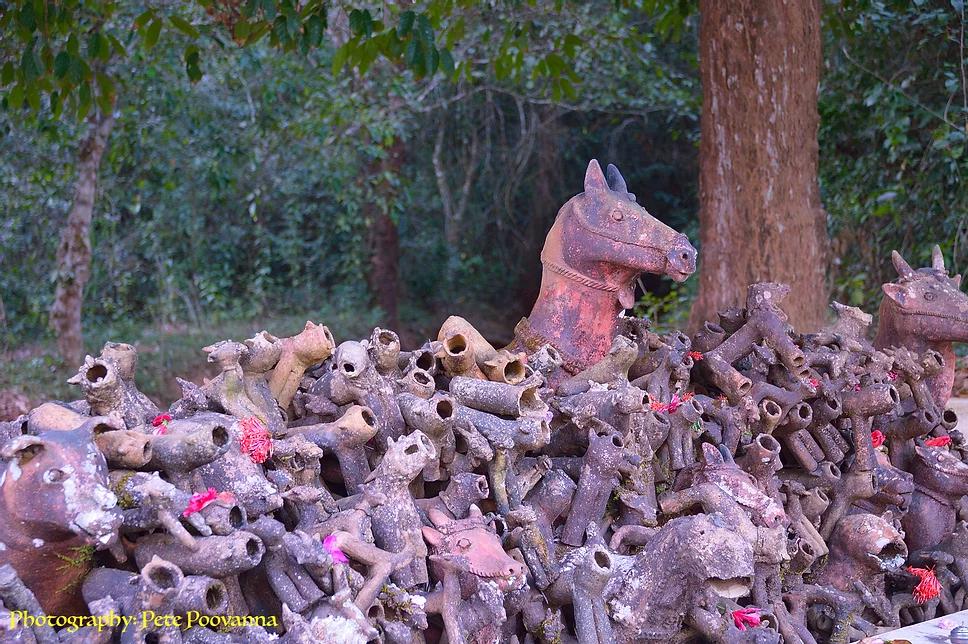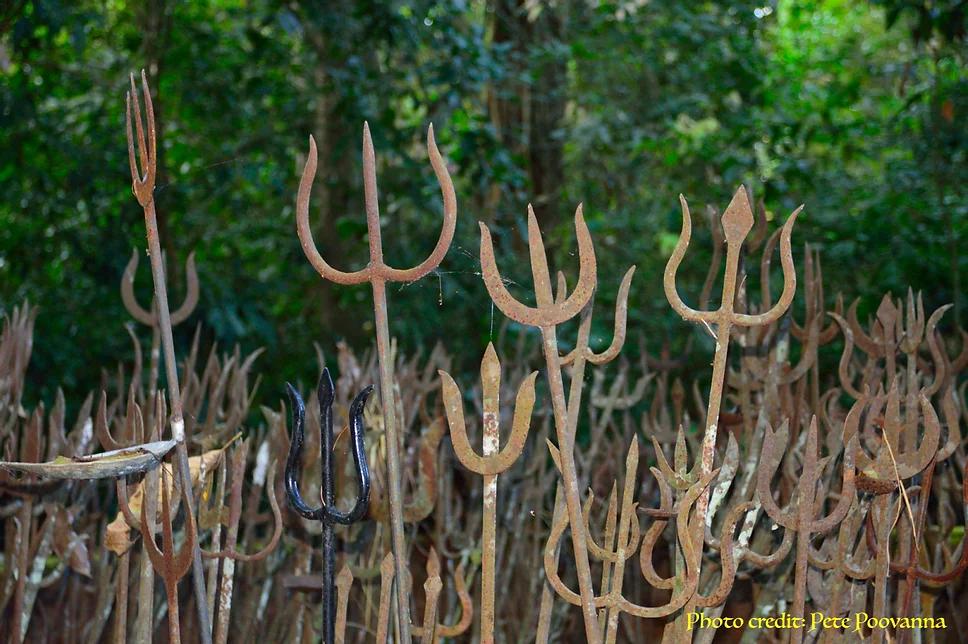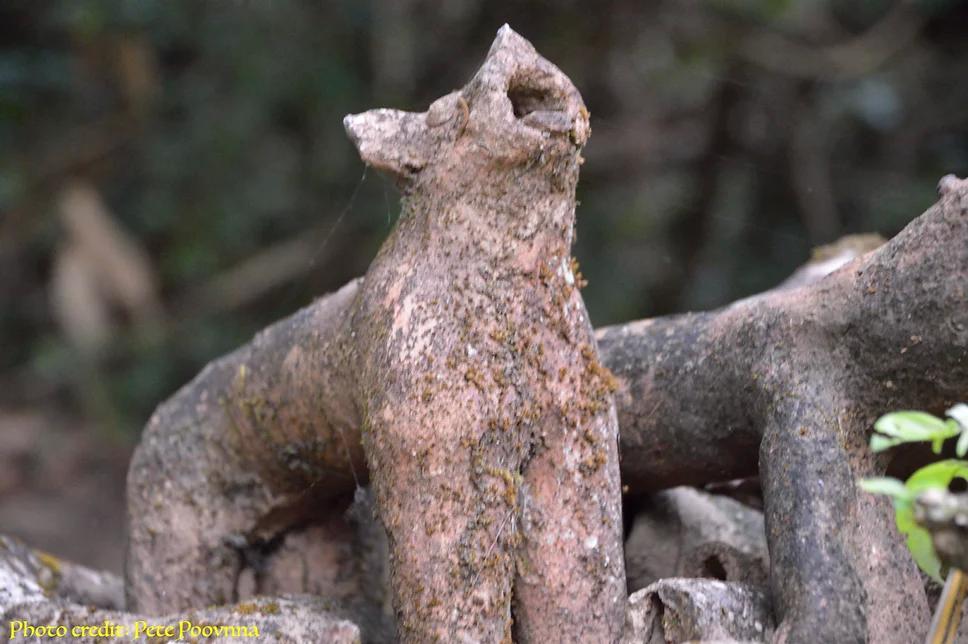In my opinion, the Sacred Groves is a perfect model for the harmony between man and nature. It emphasizes viewing the self, the community, and the environment as interconnected and interdependent. Although one could see the story of Sacred Groves as full of superstition, it has helped in preserving forests that would otherwise have been destroyed for commercial gain. In India, other forests that aren't part of Sacred Groves have been damaged due to relentless commercial exploitation of natural resources.Why is the Sacred Grove type of forest conservation essential?
In some parts of the western world, other forms of forest conservation exist that have resulted in the expulsion of Indigenous communities from the forest. For instance, in Yosemite National Park in California, the Native Americans were forcibly evicted from the forest in which they had lived for centuries or longer. Not only did these evictions cause tremendous pain, but they also proved counterproductive to the idea of nature conservation.
In my view, the real heroes are the local people who live around Sacred Groves and defend them, nurture the forest, and protect its biodiversity. More than 40 percent of the earth's biodiversity-rich forests are still secured by the local groups who live in and around them. Also, the Indigenous potters who enrich the cultural history of sacred groves. Therefore, empowering such heroes could be the most effective way to protect what remains of the earth's biodiversity-rich forests.
Although this kind of faith-based nature conservation is widely practiced, people have started to move away from environmental and community-centric ideals. As a result, many of the Sacred Groves are threatened. Many have begun to view these patches of forest as insignificant and a hindrance to development.
My fear is our culture is shifting in its values from conservation to consumerism and from ecology to economy. As these activities increases, the faith of the local people decreases, and Indigenous Peoples are also threatened.
When I met Chennamma, 80 years old potter, she said she is one of the last generations of potter’s community making this Totem figurine. According to her, Betegara Terracotta has become a dying art due to shifting values.
Also, when I met Rajappa KM, president of the Kuttichatha Sacred Grove Committee, he said earlier, there were forests all-around. Now, most of it has been converted to coffee plantations.
While this visit has rejuvenated my respect for the Sacred Groves, it has also warned me to resolve our commitment to protect them.



